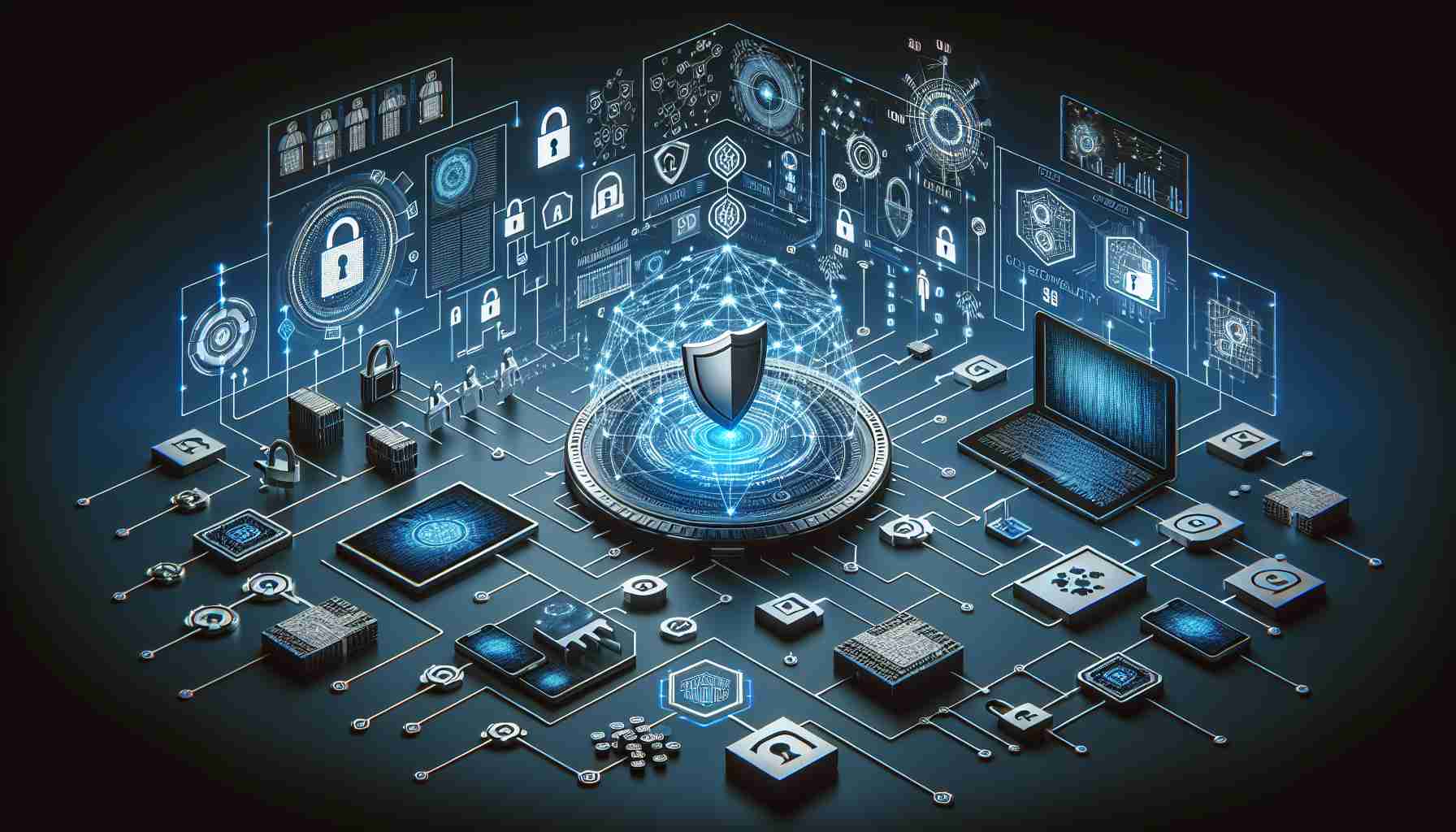Redefining Cybersecurity: A Comprehensive Approach to Organizational Resilience

In today’s interconnected world, cybersecurity is often mistakenly viewed as solely an IT problem. However, cybersecurity is a multidisciplinary issue that transcends traditional boundaries and requires a holistic organizational approach. By understanding that cybersecurity encompasses human behavior, business impact, regulatory compliance, and strategic risk management, organizations can enhance their overall security posture and ensure long-term success.
Human Behavior Impact: Human vulnerabilities play a significant role in cybersecurity breaches, emphasizing the importance of employee training and awareness to combat social engineering attacks and phishing attempts effectively.
Business Resilience: Cybersecurity breaches can result in severe financial losses, damage to reputation, and legal repercussions, highlighting the need for organizations to safeguard not only data and systems but also the overall health and future of the business.
Regulatory Mandates: Compliance with cybersecurity regulations involves legal, regulatory, and governance aspects, underscoring the necessity for organizations to adopt a comprehensive approach that goes beyond IT considerations.
Interconnected Nature: Cybersecurity extends beyond organizational boundaries to include risks associated with third-party vendors, supply chains, and partnerships, emphasizing the importance of an ecosystem-wide security strategy.
Strategic Risk Mitigation: Managing cybersecurity risks requires a strategic outlook that integrates into the organization’s overall risk management strategy, emphasizing proactive measures to protect against evolving threats.
Adopting a comprehensive, organization-wide cybersecurity approach that involves cross-functional collaboration and shared responsibility is essential for ensuring resilience and success in today’s digital landscape. By integrating cybersecurity into the core culture and operations of the business, organizations can navigate the complexities of the threat landscape and emerge stronger and more secure. If you are seeking guidance on bolstering your organization’s cybersecurity practices, feel free to contact us at Focus Technologies for tailored assistance and support.
FAQ Section:
1. What aspects does cybersecurity encompass?
Cybersecurity encompasses human behavior, business impact, regulatory compliance, and strategic risk management.
2. How can human vulnerabilities impact cybersecurity?
Human vulnerabilities play a significant role in cybersecurity breaches, highlighting the importance of employee training and awareness to combat social engineering attacks and phishing attempts effectively.
3. Why is business resilience crucial in cybersecurity?
Business resilience is crucial in cybersecurity as breaches can lead to severe financial losses, damage to reputation, and legal repercussions, necessitating the safeguarding of data, systems, and the overall health and future of the business.
4. Why is regulatory compliance important in cybersecurity?
Compliance with cybersecurity regulations involves legal, regulatory, and governance aspects, underlining the necessity for organizations to adopt a comprehensive approach that goes beyond IT considerations.
5. How does interconnected nature relate to cybersecurity?
Cybersecurity extends beyond organizational boundaries to include risks associated with third-party vendors, supply chains, and partnerships, emphasizing the importance of an ecosystem-wide security strategy.
6. What is strategic risk mitigation in cybersecurity?
Strategic risk mitigation in cybersecurity involves integrating cybersecurity risks into the organization’s overall risk management strategy, emphasizing proactive measures to protect against evolving threats.
Definitions:
Cybersecurity: The practice of protecting systems, networks, and data from digital attacks.
Social Engineering: Psychological manipulation of individuals to disclose confidential information or gain unauthorized access to systems.
Phishing: A fraudulent attempt to obtain sensitive information, such as passwords and credit card details, by disguising as a trustworthy entity in electronic communication.
Related Links:
Focus Technologies Homepage





